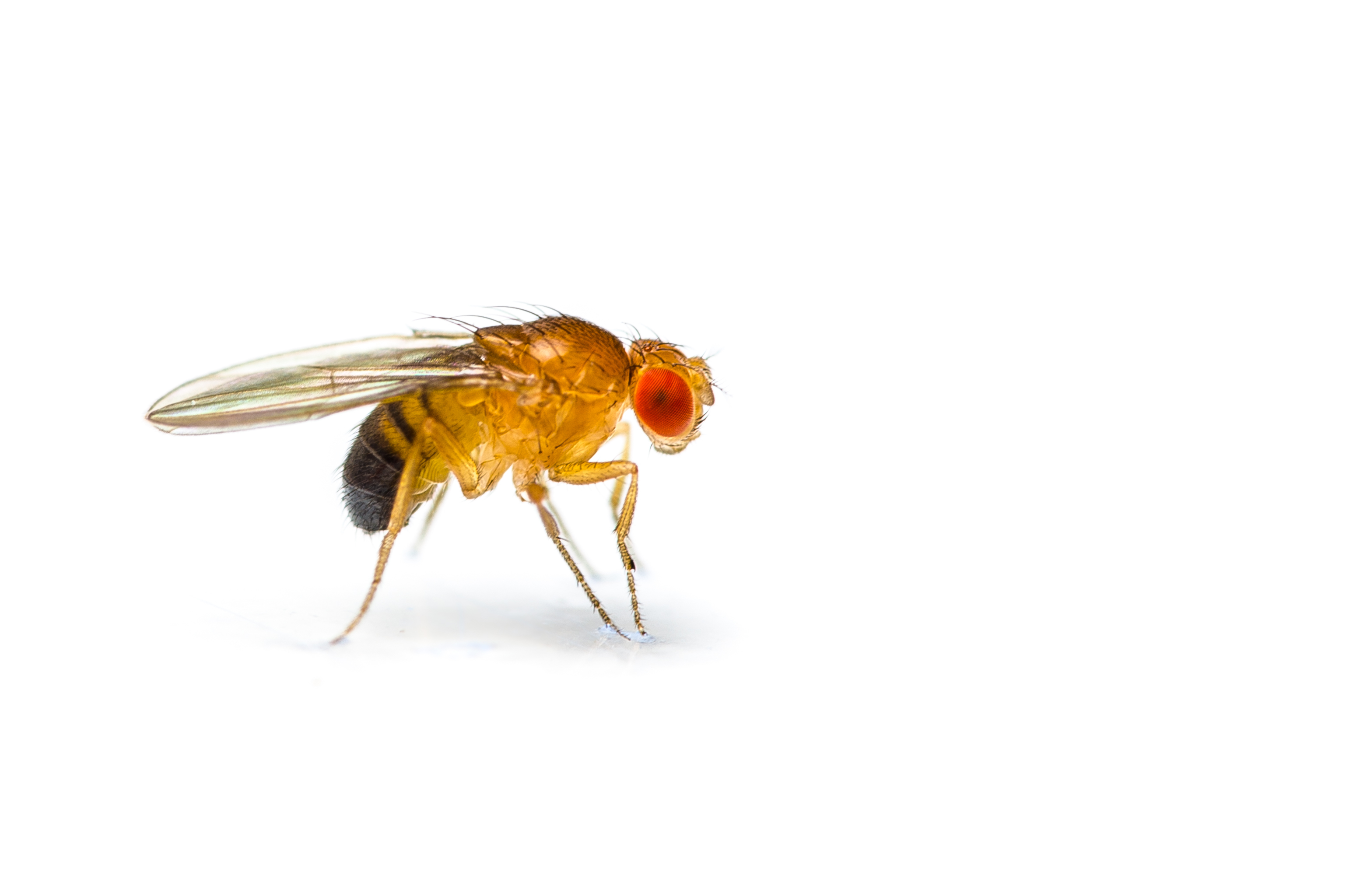Friedreich’s Ataxia Fly Model Improves Motor Performance with Metal Homeostasis

Improving metal homeostasis was shown to have therapeutic benefits in a fly model of human Friedreich’s ataxia (FA). The study “Metal Homeostasis Regulators Suppress FRDA Phenotypes in a Drosophila Model of the Disease,” was published in the journal PLOS One.
Friedreich’s ataxia is a neurodegenerative disease caused by reduced levels of the protein frataxin. Although several of the functions of the frataxin protein are not fully explained, it is known that frataxin expression is critical for iron homeostasis (stability). Previous studies have reported a marked accumulation of iron in several tissues of Friedreich’s ataxia patients, including the brain.
In addition to iron, other metals such as copper and zinc, also show redistribution in Friedreich’s ataxia patients, suggesting that metal imbalance could play a potential role in the disease.
Frataxin deficiency in drosophila (fruitflies) leads to metal accumulation, with increased levels of zinc, copper, manganese and aluminum. The team had previously shown that the iron chelator (small molecule that bind very tightly to metal ions) deferiprone rescued several phenotypes (characteristics) of the FA fly model, including motor impairment.
In the new study, they investigated whether interfering with key pathways that regulate metal content and distribution would improve Friedreich’s ataxia symptoms by restoring metal homeostasis. Treating the flies with copper and zinc chelators improved the animals’ climbing ability to normal fly levels and had no effect in the overall levels of iron — showing that the beneficial effect of chelators on motor performance is not dependent on iron levels. It also supports the idea that zinc and copper contribute to the frataxin deficient phenotype.
Modifying key regulators of iron stability (using genetic manipulation) suppressed Friedreich’s ataxia fly phenotypes which was evident by improvements in the flies’ eye morphology and motor performance. Scientists extended the studies to other metals and found that decreasing the expression of genes implicated in zinc and copper homeostasis also improved eye morphology and motor performance. Suppression of Friedreich’s ataxia characteristics could also be accomplished by reducing iron content and oxidative stress.
The results suggest that reducing iron accumulation using a genetic strategy may have potential therapeutic benefits for Friederich’s ataxia, while chelators for copper and zinc constitute potential therapies for the disease.





